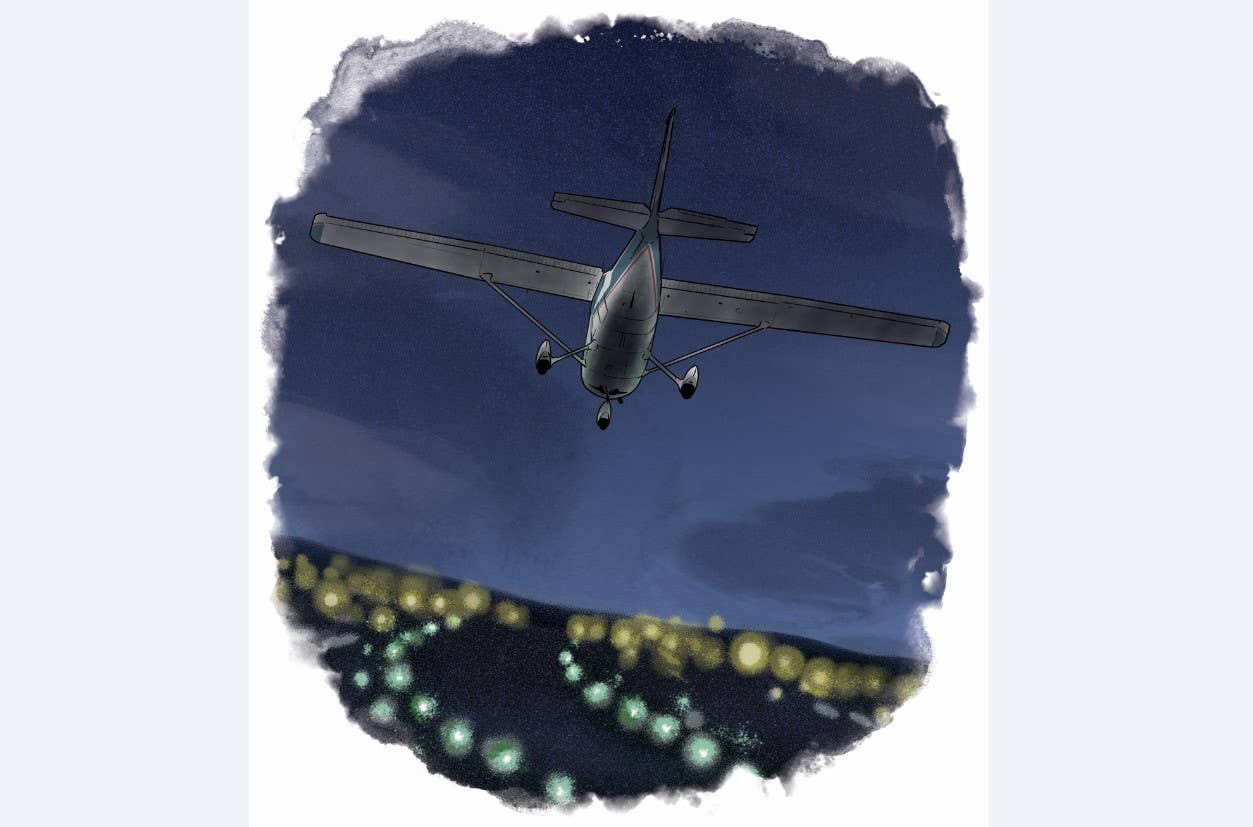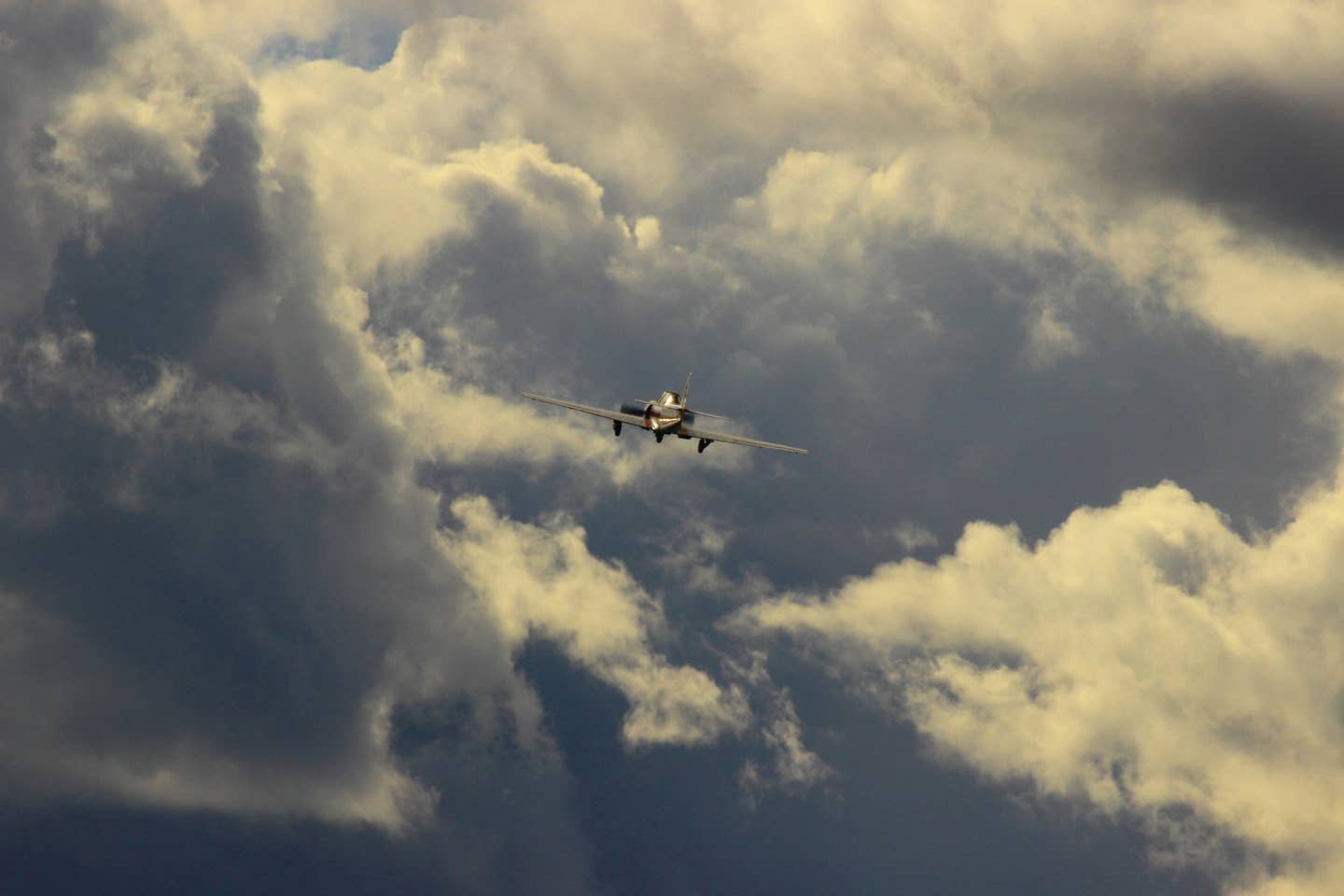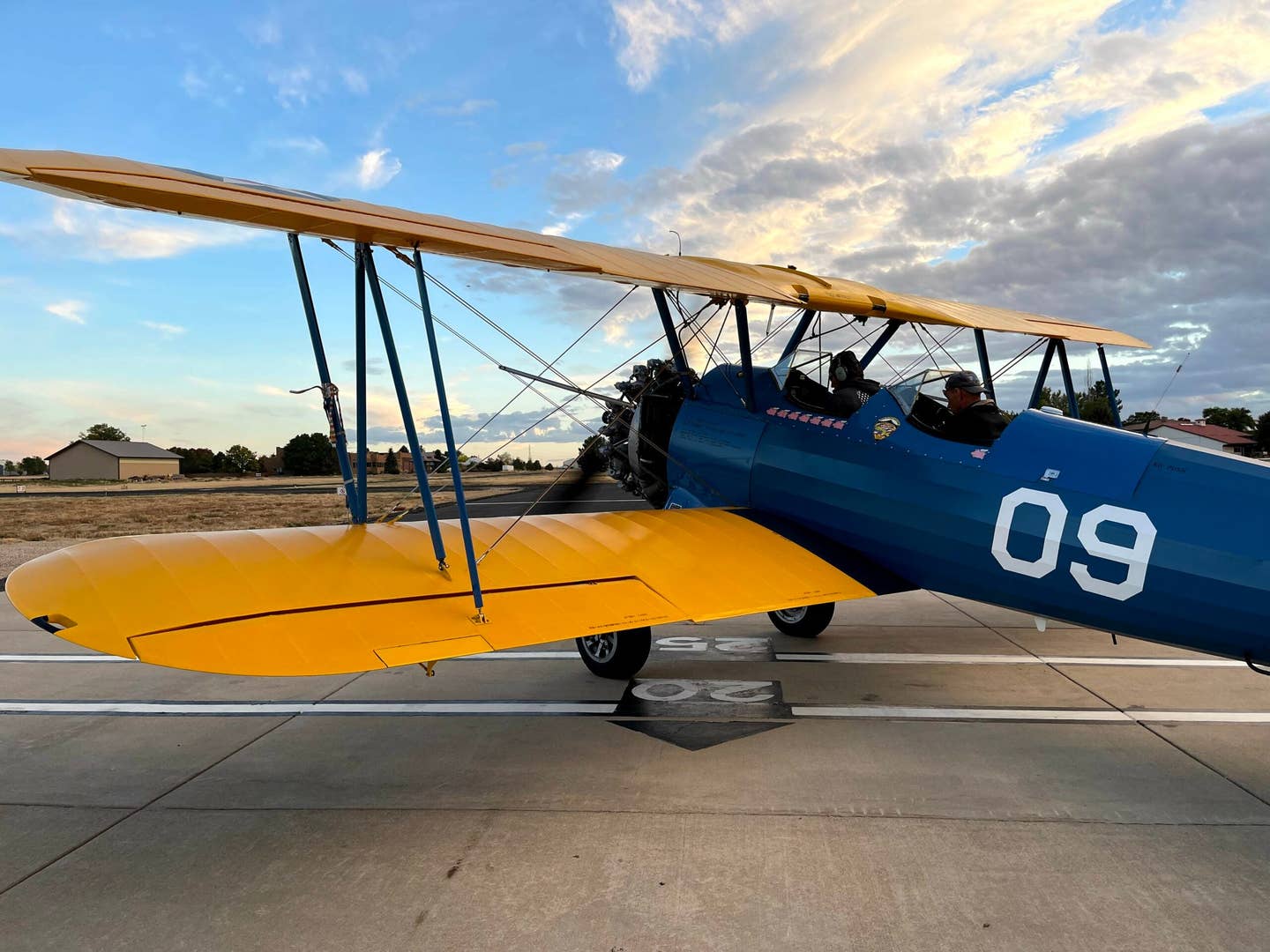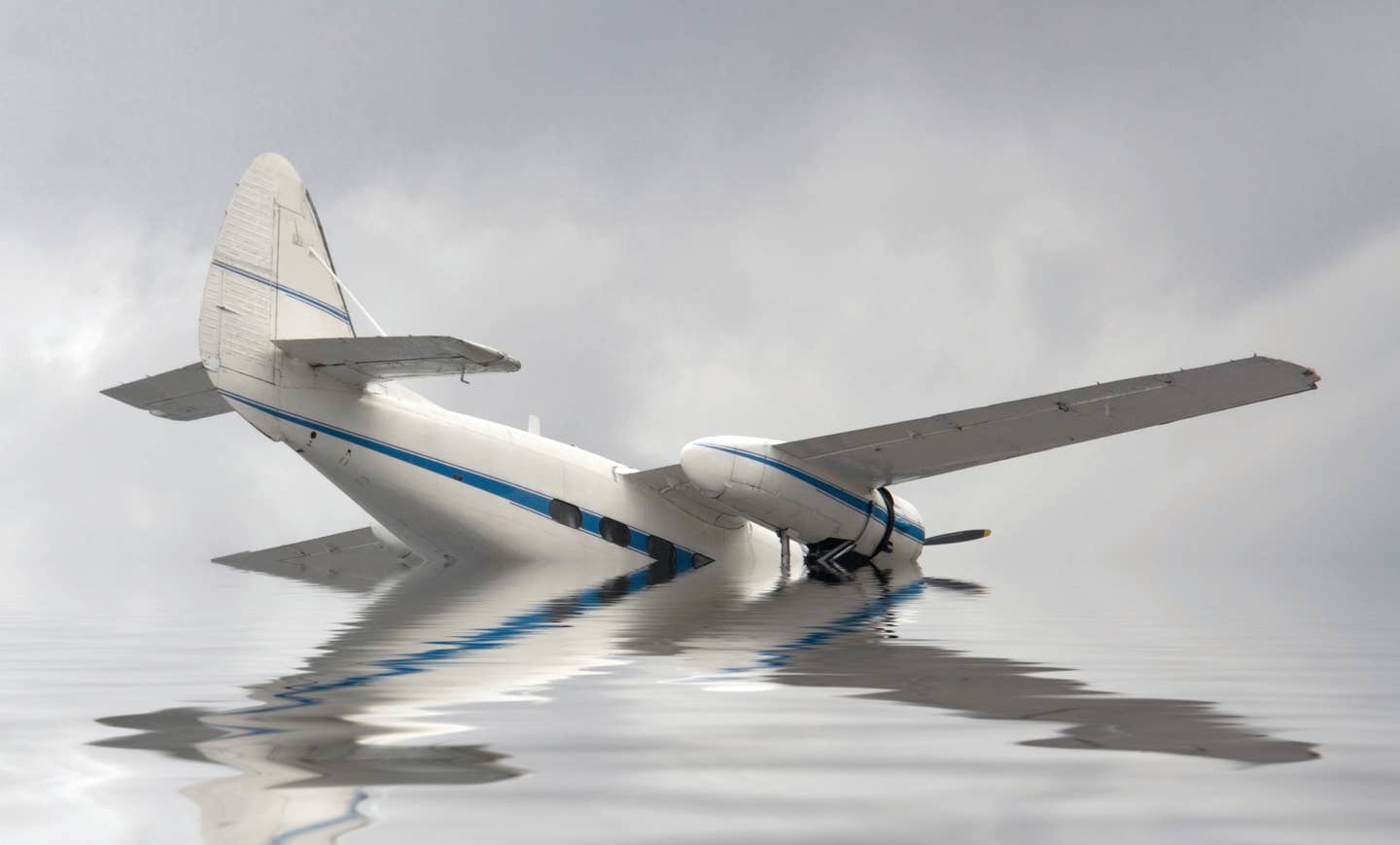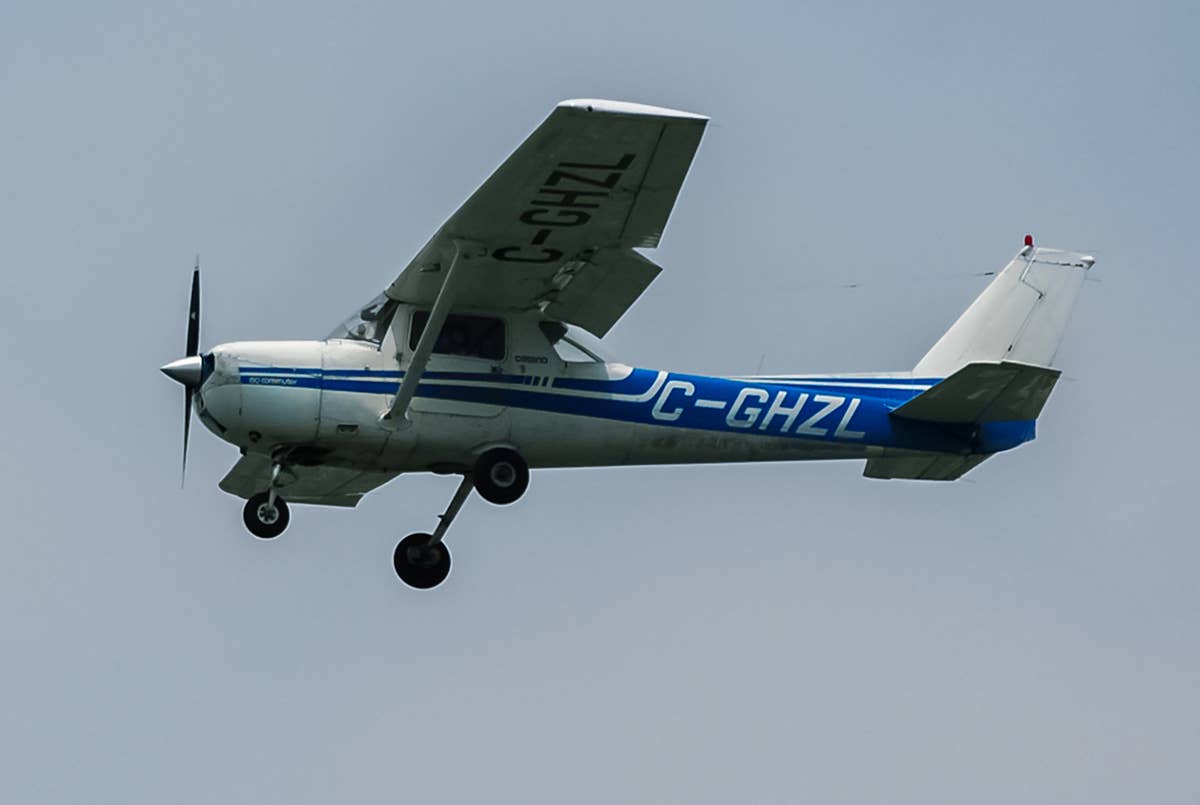Weight, Weight, Don’t Tell Me
A long-ago flight out of Dallas almost ended in a total loss.
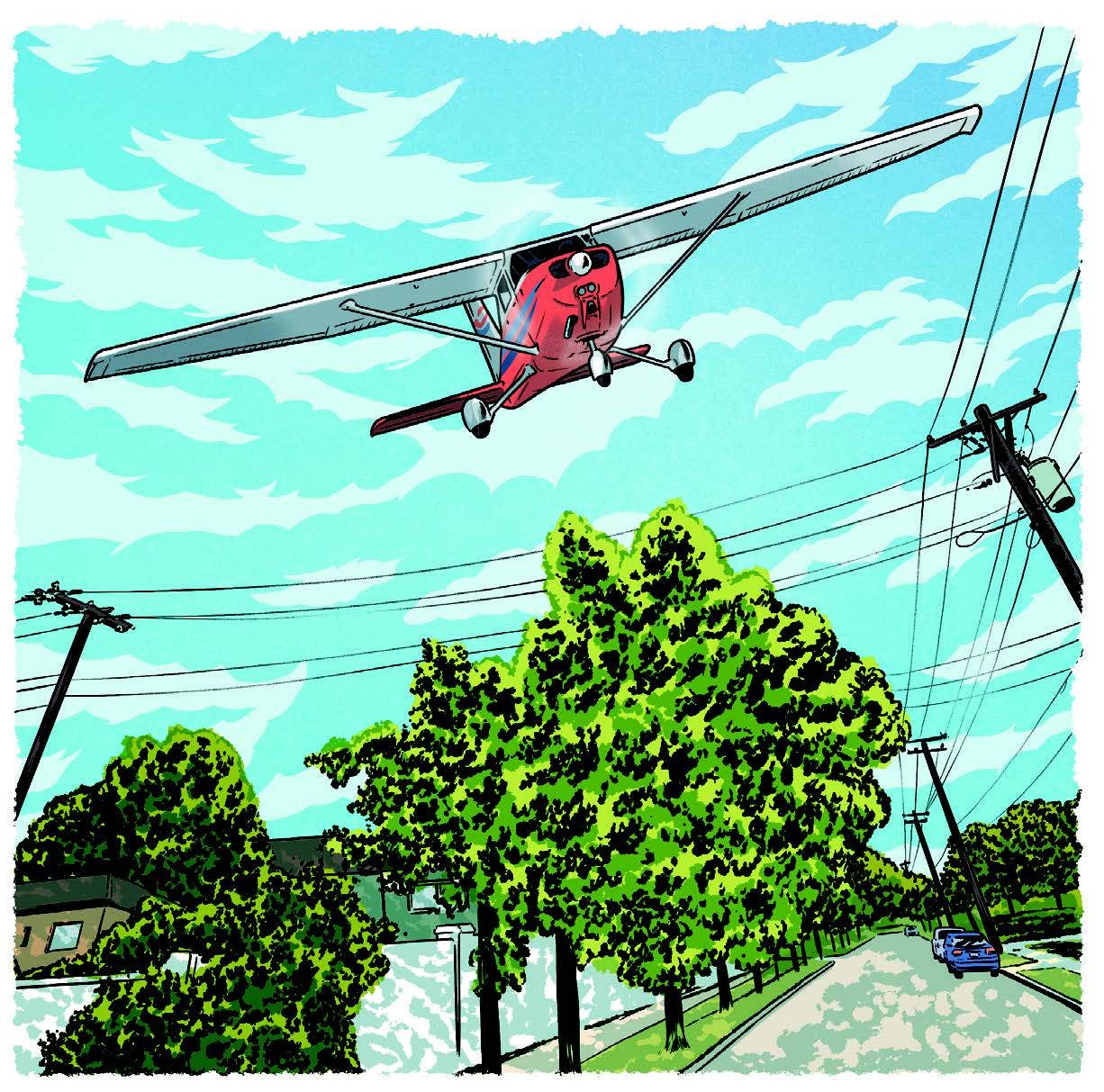
Always be prepared to cancel your plans, even if that means unhappy passengers and a bruised ego and wallet. [Illustration: Joel Kimmel]
Shortly after getting my private pilot certificate in 1966, I began my real learning in the form of a near-catastrophic mistake.
Looking back now, it dawns on me that most of what I know today did not come from the normal, required syllabus training but from life experiences, along with an occasional hair-raising event, one of which I can finally share.
Like many pilots, most of my private pilot training took place in a two-place Cessna. My CFI actually weighed a morbidly obese 350 pounds and was in his upper 60s. Were we always overloaded upon takeoff? No, because being a hard-working, skinny, 25-year-old, I carried maybe 120 pounds. My first solo, however, gave me a startling surprise, though, when the Cessna 150 trainer shot up so rapidly...I had just shedded 350 pounds and struggled to acquire the new, lighter “feel.”
If you're not already a subscriber, what are you waiting for? Subscribe today to get the issue as soon as it is released in either Print or Digital formats.
Subscribe NowTransitioning from a lighter to a heavier single is a process we learn largely on our own without much training. Check rides are a helpful measure of safety and highly recommended. The larger the aircraft, the heavier the controls, and while often more stable, it is always different. Moving up to more advanced aircraft enhances our joy of flying. Plus, the heavier the airplane, the more sophisticated it often is. Constant-speed prop, retractable gear, etc. Even more challenging are those “category/class” transitions (seaplane, twin-engine, etc.) that take us to the next level.
By the time I had accrued some 140 total flight hours, a friend mentioned that his wife and her sister were returning home from a trip back east. It was late June. To save them the expense of a night’s lodging in Dallas, I agreed to fly to Love Field (KDAL) and fly them back to the now long-abandoned Butterfield Trail Airport just north of Abilene. I had never met the two passengers-to-be, but Phil, a nonpilot, was a fit, lean, future Navy sailor who spoke often of his active wife and sister-in-law. I was ready to log some additional quality time in my flying club’s Cessna Skyhawk 172 (N3707R).
At this point, I had been checked out in the club’s Cessna 182 Skylane and its mighty 210 Centurion, but I didn’t see the need for a larger, more expensive option. Now I was in for a gut-wrenching surprise. My lack of experience caused me to select an aircraft unsuitable for the flight.
The flight to KDAL with Phil was pleasant and uneventful, and I anticipated the return flight would be equally smooth. Love Field was Dallas’ primary airport in 1967, and there was no delay entering its airspace and getting taxi clearance to the general aviation area. We did not wait long at the GA terminal for our passengers to arrive.
What I felt when first meeting Tillie and her sister, Emma, was a sense of astonished shock. These women were not obese. They were, well...ladies of significant size. And they each had a fairly large, old-style heavy suitcase. I’m sure I silently gasped when I realized suddenly that our little Skyhawk was destined to be dramatically overweight. Overweight, that is, if we could even fit them into the rear seats with their bags. We were going to be massively overloaded and probably out of balance. Should I tell my passengers, “No, I’m sorry. We cannot do this”? Should I warn them of the risk?
As a weight/balance experiment with satchels of bowling balls, I had once safely “test-flown” a friend’s Skylane while being perhaps several hundred pounds over the maximum takeoff weight. Perhaps somehow by having completed this ill-advised and unauthorized experiment, it validated my faulty decision to proceed.
Even if we could shoehorn the passengers and baggage in, I knew we might have to abort. The Skyhawk baggage area was about 90 pounds maximum, but the space was too small to accommodate a large suitcase. We discovered that we could partially squeeze one into this minuscule space, thereby sacrificing a good deal of headroom. The other bag would just have to ride on their laps. Very uncomfortable, but it was only for an hour and a half. At this point, I was just concerned whether we could get airborne.
The weather briefing confirmed widely scattered showers with hot, very humid conditions, and calm winds. Not helpful conditions, to be sure, with high density altitude in effect.
- READ MORE: A Wing and a Prayer
I taxied to Runway 18, 8,000 feet in length, as I recall. The tower said, “Cleared for takeoff. Right turnout approved.” We started our takeoff roll. And we rolled. I was ready to abort if necessary. We kept rolling.
Not expecting to use more than about 4,000 feet, but already passing that halfway point, I became aware that we might not be airborne anytime soon. But lots of pavement still remained. Finally, though, our speed was sufficient and we lifted off, albeit very slowly. But what is this? We weren’t climbing! If anything, we were just mushing along. And we’re running out of runway!
Clearing the fence and crossing Mockingbird Lane, we couldn’t have been more than 50 feet above passing buildings. Any additional problem at this height could have been catastrophic.
Some 20 minutes later, we were level at 6,500 feet msl. Reaching the cooler altitude made things easier. My passengers were silent but likely aware that we had just been given a free pass by the powers that be. We were grateful for our good fortune.
But the day was summed up with some valuable lessons subtly delivered and taken to heart. First, I learned to never assume your passengers will weigh the average standard of 170 pounds, as it was then. Don’t be reticent about asking their weight and baggage sizes. Second, know your aircraft’s capacities. It might be helpful someday to know your storage area dimensions. Finally, and perhaps most redundantly, always be prepared to cancel your plans, even if that means unhappy passengers and a bruised ego and wallet.
This column first appeared in the September 2023/Issue 941 of FLYING’s print edition.

Subscribe to Our Newsletter
Get the latest FLYING stories delivered directly to your inbox


